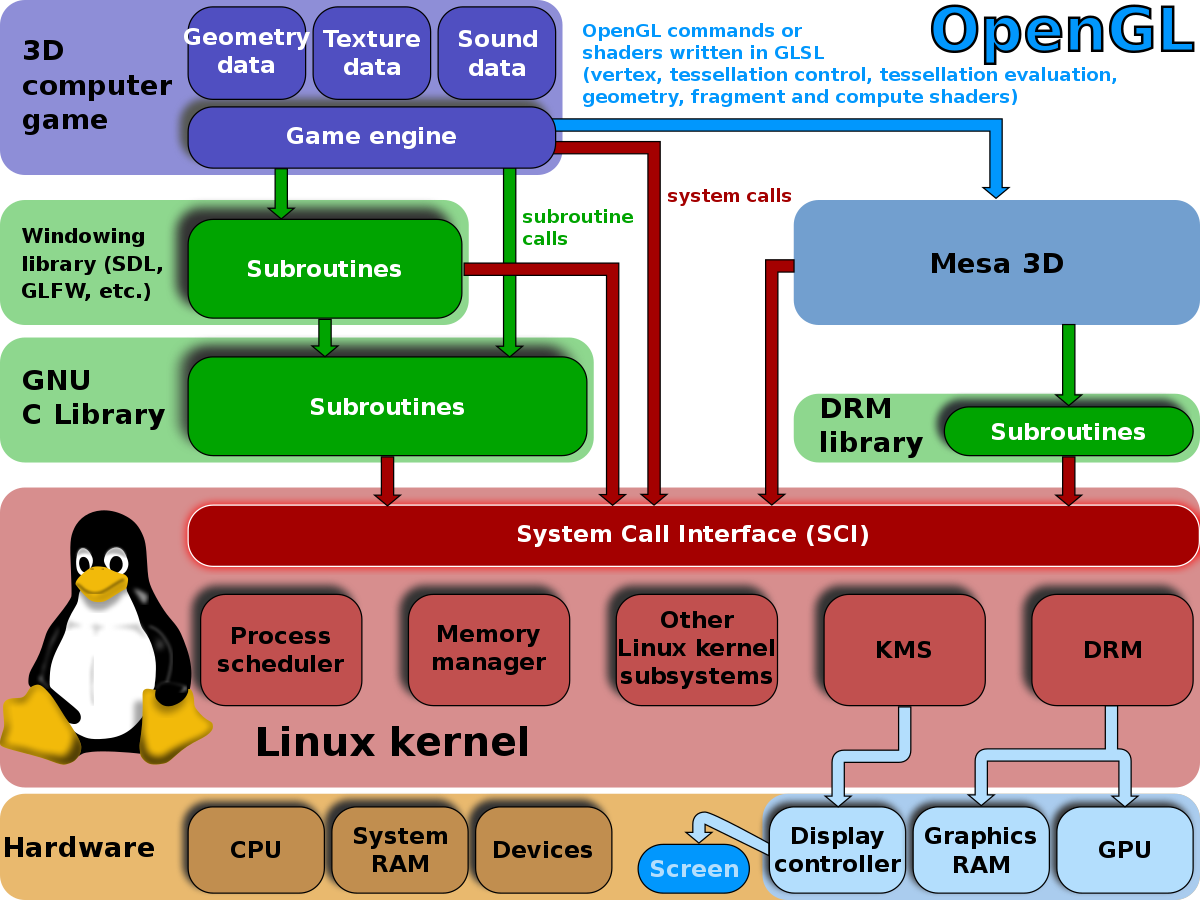The design & construction of stable systems is as close as I get to art. I guess trade craft is a better word for it. You might be principally concerned with what's on the canvas/screen, but I'm at least as interested in what's behind the curtain.
I am going to make my code open source. I have started a fork. It will needs lots of documentation to make it useful to anyone else because it has no user interface at all. I build and run the code from within my IDE. Only when I have a finished a work do I transfer an executable to artwork computer.




 I expect it was a breaking change along the lines of "No guarantee that compatibility mode is implemented", or something like that.
I expect it was a breaking change along the lines of "No guarantee that compatibility mode is implemented", or something like that.
Comment